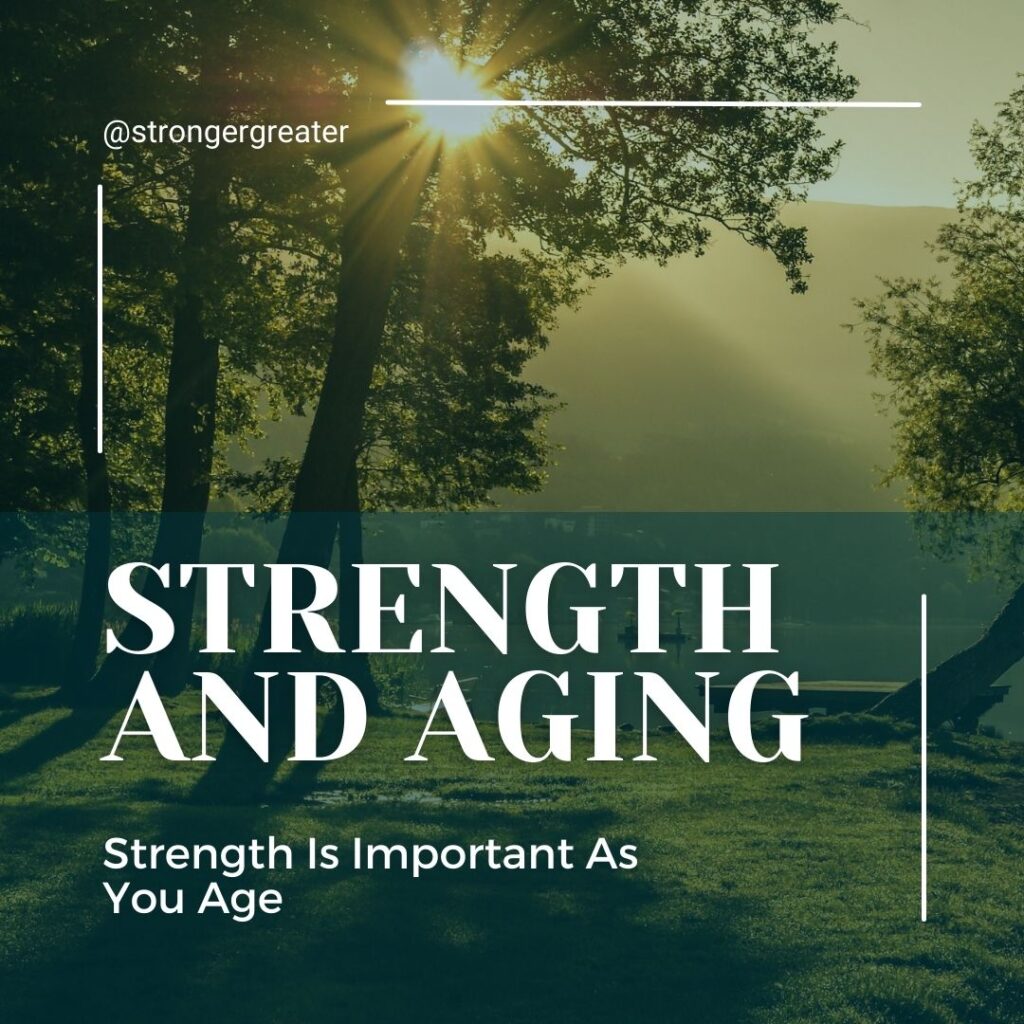By Tellis Everett, Founder of strongerGREATER, Certified Personal Trainer, National Council on Strength and Fitness(NCSF)

“With the new day comes new strength and new thoughts.” ~Eleanor Roosevelt
As you age, maintaining strength and power is crucial for maintaining your physical abilities. Strength training and aerobic exercise can help manage and sometimes prevent conditions such as heart disease, diabetes, arthritis, and osteoporosis. They can also protect vitality, make everyday tasks more manageable, and help you maintain a healthy weight.
Changes in strength, swiftness, and stamina with age are all associated with decreasing muscle mass. Although there is not much decline in your muscles between ages 20 and 40, after age 40 there can be a decline of 1% to 2% per year in lean body mass and 1.5% to 5% per year in strength.
Changes in coordination are less related to muscles and more related to the brain and nervous system. Multiple brain centers need to be coordinated to allow you to do everything from hitting a golf ball to keeping a coffee cup steady as you walk across a room. This means that the wiring of the brain, the so-called white matter that connects the different brain regions, is crucial. Unfortunately, most people in our society over age 60 who eat a western diet and don’t get enough exercise have some tiny “ministrokes” (also called microvascular or small vessel disease) in their white matter. Although the strokes are so small that they are not noticeable when they occur, they can disrupt the connections between important brain coordination centers such as the frontal lobe (which directs movements) and the cerebellum (which provides on-the-fly corrections to those movements as needed).
Power is important as you age because it helps maintain your physical abilities and prevents conditions such as heart disease, diabetes, arthritis, and osteoporosis. It also protects vitality, makes everyday tasks more manageable, and helps you maintain a healthy weight.
So what should you do?
Here are some things you can do to improve your strength and coordination as you age.
Do aerobics such as brisk walking, jogging, biking, swimming, or aerobic classes at least 30 minutes per day, five days per week.
Do some form of strength training twice per week. Body weight training such as wall push ups, wall sits and air squats. For more advanced training, incorporate using resistance bands, dumbbells or strength training machines to increase strength. Work with a certified personal trainer that is experienced in functional training and encourages full range of motion exercises.
Seek out balance, and flexibility training such as yoga, tai chi or Pilates at least once per week.
Improve your exercise skills by working with coaches and trainers that are knowledgeable about the importance of strength and power training for older adults.
~strongerGreater
Tellis Everett is a Certified Personal Trainer that has been helping individuals and families reach their health and fitness goals for over fifteen years. His personal mission is to help others become stronger so that they can live a greater quality of life.